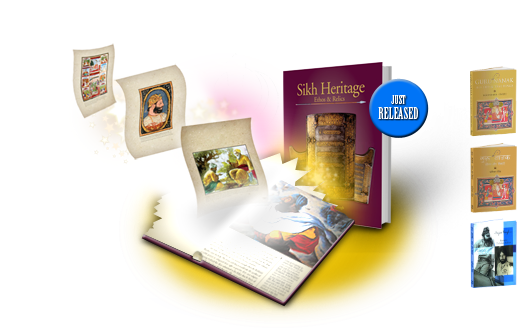Encyclopedia of Hinduism
by Ed. Kapil Kapoor.
Rupa & Co. Pages 7,184. Rs 21,000
The editors have drawn on over 2,000 scholars for contributions. The encyclopaedia does not confine itself to religion alone, and has in it entries on art, history, language, literature, philosophy, polity, sciences, and even women studies
Hinduism has a hoary past, and countless attempts have been made to understand the faith, its precepts and practices. Indeed, the list of scholars who have worked on Hinduism is as long as it is impressive. It is an ocean into which many have taken a dip and explored what they found, yet they were always acutely aware that what they had grasped was merely a microcosm.
The sheer span of this set of volumes is enough to make you exclaim. Handsomely produced, they bear more than a little resemblance to the most famous of all encyclopaedias, the one that, unlike this set, still spells its name with an ‘a’. Like Encyclopaedia Britannica, this encyclopaedia too has a US connection, but more on that later.

The Foreword by the redoubtable Dr Karan Singh neatly sets the stage for the reader, and is in itself an illuminating essay on the ethos of Hinduism. As he points out, “Hinduism calls itself the Sanatana Dharma, the eternal faith, because it is not based upon the teachings of a single preceptor, but on the collective wisdom and inspiration of great seers and sages from the very dawn of Indian civilisation.”
Increasingly, we have seen that Indian scholars abroad contribute significantly to scholarly studies of religion and history. Brij Vilash Lal, Professor of Pacific and Asian History, Research School of Pacific and Asian Studies, at the Australian National University, edited The Encyclopedia of the Indian Diaspora. Produced in Singapore, it gives a fascinating account of Indians abroad. Much of the recent work on Sikh scholarship has been done by scholars abroad, especially in California.
Here too, it is the US-based India Heritage Research Foundation, which became the enabler of this project. The University of South Carolina provided the academic infrastructure for the compilation of this encyclopaedia.
The ‘foreign hand’ enabled scholars, connected with India, to work together for years and along with several other offices in India and abroad, they produced the 7,064 entries. The submissions by contributors were edited by a team of 24 editors at Rupa, led by Dr Kapil Kapoor, who was a Professor at the Centre for Linguistics and English, Jawaharlal Nehru University, New Delhi. He also helped set up the Centre for Sanskrit Studies at the university, and held important positions there.
The editors have drawn on over 2,000 scholars for contributions. The encyclopaedia does not confine itself to religion alone and has in it entries on art, history, language, literature, philosophy, polity, sciences, and even women studies.
The inclusive nature of the selection of topics makes for an interesting mix, and a perusal of some of the entries shows that the contributors have taken considerable pain in ensuring lucidity and depth. The language used is non-intimidating. Once you get past the diacritical mark, so essential for universal understanding, makes familiar terms appear esoteric even to a common Indian reader’s eye.
The English-reading younger generation, too, will have a ready source of knowledge, and will thus be helped along in the wish to learn more about an ethos that we take for granted, simply because we are born into it, but know precious little about.
In these volumes, you will find concise entries as well as good bibliographical references. These will lead them to other sources where they can study the subject in greater depth, especially since the entries encompass a fairly wide canvas that include major Indic traditions, including Buddhism, Sikhism and Jainism.
The volumes are richly produced. The publishers have eschewed the matt finish of Encyclopaedia Britannica, for a modern one with glossy paper and full-colour printing.
Obviously, the publishers have pulled out all stops in printing and production, and the result is obvious for anyone who goes through the volumes.
There have been a number of encyclopaedias of Hinduism over the years, and many even have the same title. It remains to be seen exactly where this particular set finds its place and how it stands the test of time. There is, no doubt, however, that many libraries abroad and in India will be interested in the set. The publishers have been conservative in pricing the set, and thus it is easy to imagine it in many homes, as well.
This review by Roopinder Singh was published in the Spectrum section of The Tribune on February 19, 2012



